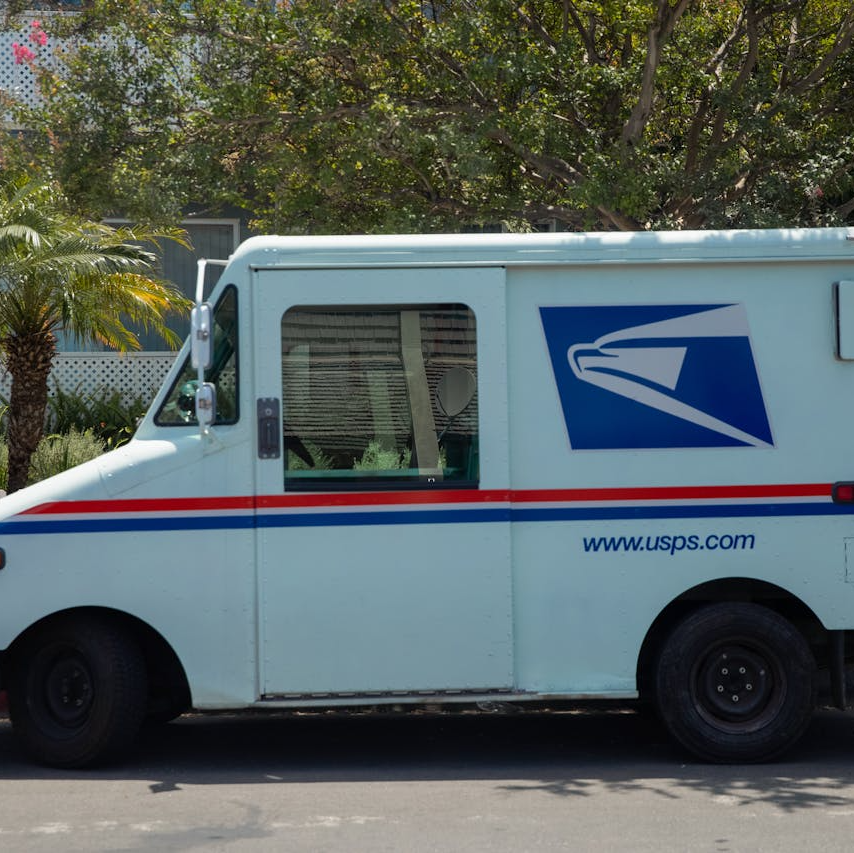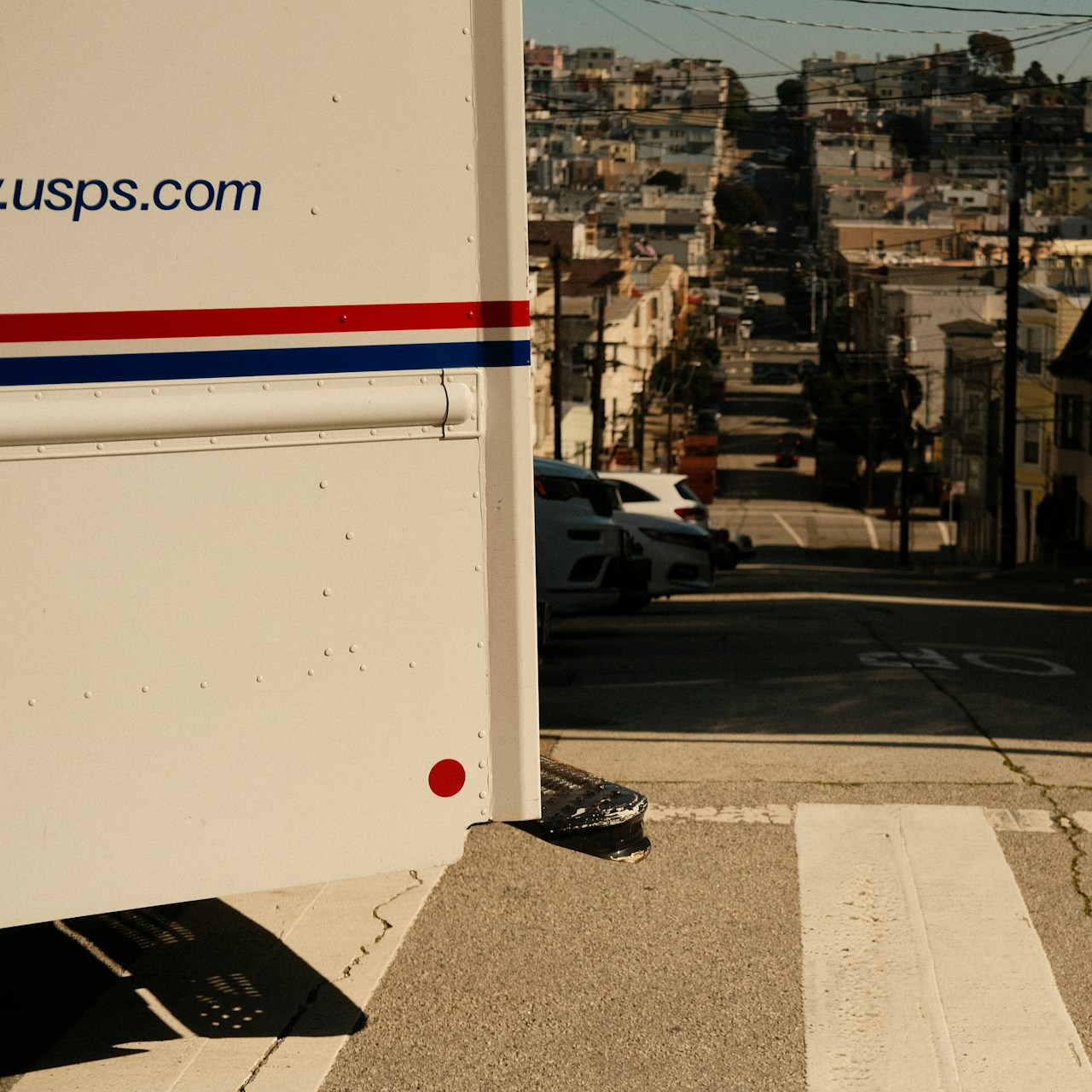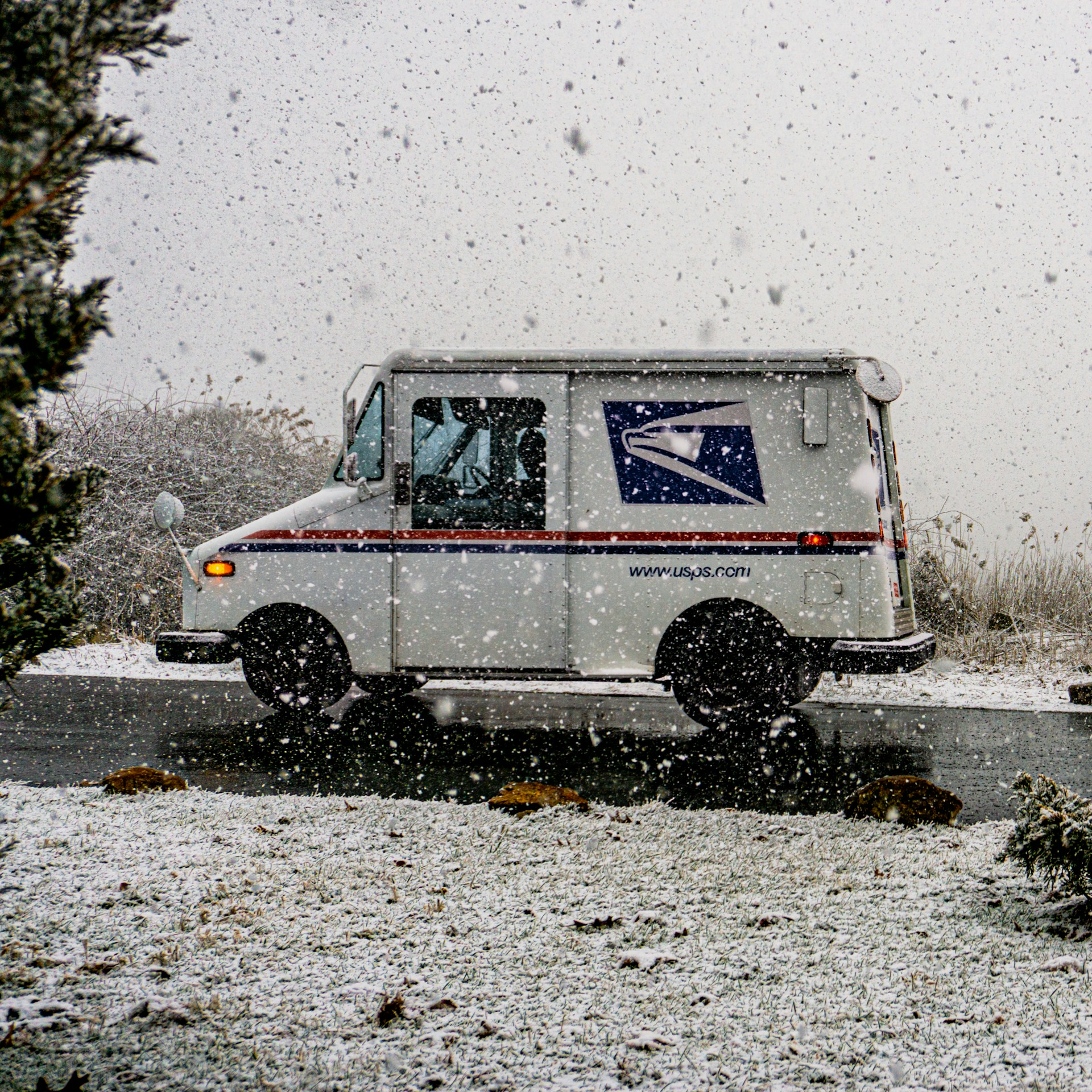Key Takeaways
-
Managing your Postal Service Health Benefits (PSHB) effectively can improve your healthcare experience and save you time and money.
-
Understanding key resources and timelines ensures you make informed decisions about your health coverage.
Why Understanding PSHB is Crucial
The transition to the Postal Service Health Benefits (PSHB) program has redefined healthcare management for USPS employees and retirees. Staying informed about your PSHB options is not just beneficial—it’s essential. From knowing your enrollment windows to understanding coverage details, having a grasp of the program can make a significant difference in your healthcare experience.
Enrollment Periods: Don’t Miss Out
PSHB requires you to act during specific enrollment periods to maintain or modify your coverage:
-
Open Season: Held annually from mid-November to mid-December, Open Season is your opportunity to enroll, change plans, or adjust coverage. Any changes take effect the following January 1.
-
Special Enrollment Periods (SEP): These periods occur after life events such as marriage, birth, or retirement. They allow you to adjust your coverage outside of Open Season.
Mark these dates on your calendar to avoid lapses or missed opportunities.
What’s Covered Under PSHB?
PSHB plans provide a comprehensive range of healthcare services to address your needs. Here are some general categories:
-
Preventive Services: Screenings, vaccinations, and wellness visits are typically covered in full for in-network providers.
-
Primary and Specialty Care: Visits to doctors, specialists, and urgent care facilities.
-
Hospital Services: Inpatient and outpatient hospital care.
-
Prescription Drug Coverage: Includes both generic and brand-name medications.
Review your plan’s summary to understand coverage limits and exclusions.
Maximize Benefits Through Medicare Integration
If you’re eligible for Medicare, coordination with PSHB can help reduce out-of-pocket expenses. PSHB plans often:
-
Waive or reduce deductibles and copayments.
-
Provide enhanced prescription drug coverage through Medicare Part D.
-
Offer reimbursements for Medicare Part B premiums.
Ensure you’re enrolled in Medicare Part B if you’re required to maintain PSHB coverage. This integration provides financial relief and improves healthcare access.
Understanding Cost-Sharing
PSHB plans include various cost-sharing components that affect your out-of-pocket expenses:
-
Premiums: A monthly amount deducted from your paycheck or annuity.
-
Deductibles: The amount you pay annually before your plan starts covering certain services.
-
Copayments and Coinsurance: Fixed or percentage-based costs for specific services, such as doctor visits or hospital stays.
-
Out-of-Pocket Maximums: The most you’ll pay in a year for covered services. Once this limit is reached, your plan covers 100% of in-network costs.
Choose a plan that aligns with your financial situation and healthcare needs.
Tools and Resources for USPS Workers
PSHB participants have access to several resources to manage their benefits effectively:
Online Portals
Accessing your plan’s online portal allows you to:
-
Review claims and billing statements.
-
Find in-network providers.
-
Update personal information and coverage preferences.
Plan Brochures
Detailed brochures outline what each plan covers, including costs, benefits, and exclusions. Use them to compare options during Open Season.
Customer Support
Each plan provides dedicated support lines to address your questions. Utilize these resources to clarify benefits, resolve issues, or get help with claims.
Wellness Programs
Many PSHB plans offer wellness initiatives, such as smoking cessation programs or discounts on gym memberships. These extras can help improve your overall well-being.
Planning for Retirement: Healthcare That Lasts
If you’re nearing retirement, your PSHB coverage continues—but you must ensure proper coordination with Medicare to maximize your benefits. Retired Postal Service workers should:
-
Enroll in Medicare Part B: To avoid penalties and ensure seamless PSHB coverage.
-
Choose a Suitable PSHB Plan: Evaluate plans based on post-retirement needs, considering costs and coverage.
-
Understand Prescription Drug Coverage: Retirees automatically receive prescription drug coverage through a Medicare Part D Employer Group Waiver Plan (EGWP) integrated into PSHB.
By planning ahead, you can enjoy comprehensive healthcare with minimal disruptions.
Common Mistakes to Avoid
To make the most of your PSHB benefits, steer clear of these pitfalls:
-
Missing Enrollment Deadlines: Forgetting Open Season or SEP deadlines can lead to gaps in coverage.
-
Ignoring Plan Details: Overlooking plan exclusions or cost-sharing requirements can result in unexpected expenses.
-
Skipping Preventive Care: Take advantage of free preventive services to maintain your health and catch potential issues early.
-
Neglecting Medicare Enrollment: If you’re eligible, not enrolling in Medicare Part B can result in higher costs and disrupted coverage.
Stay informed and proactive to avoid these challenges.
Making the Most of Preventive Services
Preventive care is a cornerstone of PSHB plans, helping you stay healthy and catch potential issues early. Covered services often include:
-
Annual Physicals: Comprehensive check-ups to monitor your health.
-
Screenings: For conditions like diabetes, hypertension, and certain cancers.
-
Vaccinations: Protection against flu, pneumonia, and other illnesses.
Preventive care is typically free when you use in-network providers. Make it a priority to schedule regular appointments.
Simplifying Prescription Management
Managing prescriptions effectively ensures you’re always covered and helps reduce costs:
-
Use Preferred Pharmacies: They often offer lower prices for medications.
-
Consider Mail-Order Options: Convenient for long-term prescriptions and often more affordable.
-
Stay Informed About Formulary Changes: Plans periodically update their drug lists, so review them regularly to avoid surprises.
Taking these steps can simplify your prescription management and minimize out-of-pocket costs.
Stay Updated With Annual Notices
Each year, your plan sends an Annual Notice of Change (ANOC) detailing updates to benefits, costs, and coverage. Review this document carefully to:
-
Understand changes in premiums, deductibles, or copayments.
-
Assess whether your plan still meets your needs.
-
Compare other available options during Open Season.
Keeping up with these notices helps you make informed decisions.
Where to Get Help
If you’re unsure about any aspect of PSHB, there are multiple ways to get assistance:
-
USPS Human Resources Department: Contact them for guidance on enrollment and benefits.
-
Plan Representatives: Speak directly with representatives from your chosen PSHB plan.
-
OPM Website: Access official resources, brochures, and updates to stay informed.
Don’t hesitate to reach out if you need clarification or support.
Making Your Healthcare Work for You
Understanding and utilizing your PSHB benefits can lead to better healthcare outcomes and lower costs. By staying informed about enrollment periods, maximizing preventive care, and coordinating with Medicare, you can navigate the system confidently. Keep track of important resources and deadlines to ensure a smooth experience.












